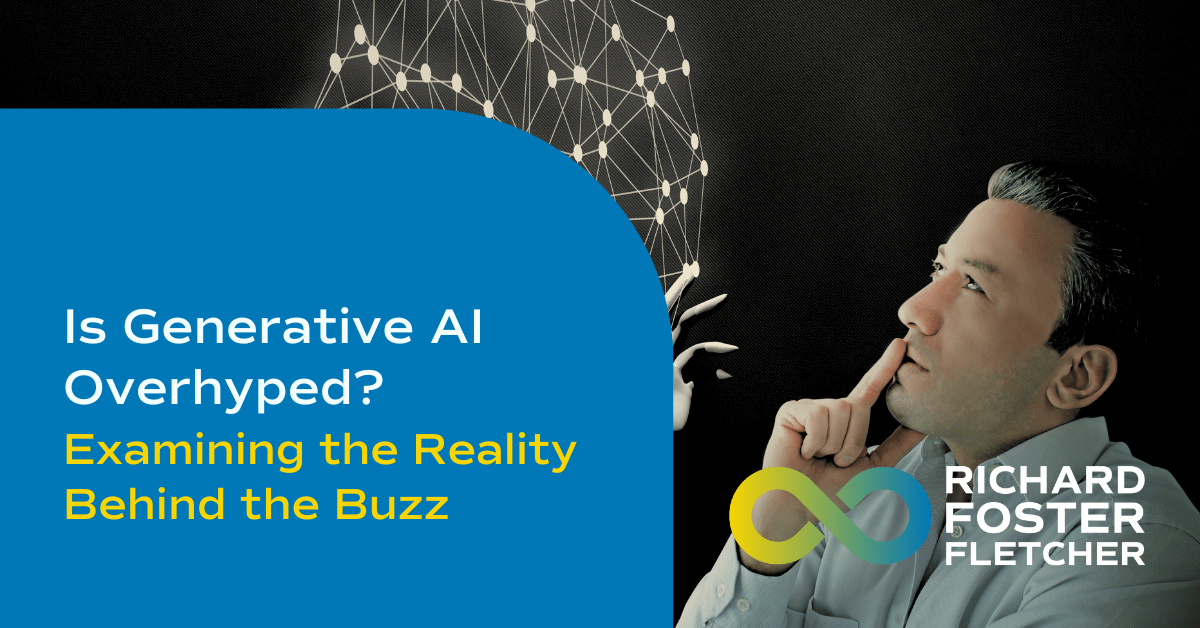
Is Generative AI Overhyped? Examining the Reality Behind the Buzz

The question of whether generative AI (Gen-AI) is overhyped is closely tied to its real-world applications and user proficiency. While hype is common with new technologies, generative AI differs from fleeting trends like the metaverse; it is immediately usable and provides tangible benefits. However, discerning the hype from reality requires a deeper understanding.
Despite claims from journalists and media that AI lacks real use cases, practical applications are abundant. Within our organisation, we have seen firsthand the transformative potential of AI. This success hinges on a willingness to adopt new technologies and a robust change management process. Without such frameworks, AI adoption can falter. For example, an article about Target supposedly implementing a large language model for in-store employees mentioned that it wasn’t utilised. Regardless of the article’s accuracy, expecting hourly-paid retail employees to seamlessly integrate generative AI into their daily tasks is unrealistic. This leads to misconceptions that AI lacks practical applications.
Reflecting on my experience at Oracle, I observed many large enterprises struggling to leverage advanced technologies despite their robust capabilities and user-friendly designs. Adopting new tools successfully is inherently challenging, and AI is no different. This makes it difficult to sift through the hype and see the real value.
From a sustainability standpoint, providing a free AI service that consumes vast amounts of energy is problematic. Recently, I encountered teachers who were concerned about the $20 monthly cost of an AI service. While I understand that educators are not the highest-paid professionals, the time savings AI offers make this cost worthwhile. Personally, I would pay ten or even a hundred times more for the value AI brings to my business.
The sustainability of AI services also raises questions. The immense computational power required for generative AI operations translates into significant energy consumption. Offering these services for free or at a minimal cost is economically and environmentally challenging. This issue underscores the importance of developing sustainable business models for AI providers.
Another critical aspect is the economic value generated by AI. While some argue that AI is overhyped, they often overlook its potential to drive efficiency and innovation across industries. For example, in education, AI can significantly reduce the time teachers spend on administrative tasks, lesson planning, and grading. This allows educators to focus more on teaching and engaging with students, thereby enhancing the overall quality of education.
The media’s focus on hype and perceived lack of use cases misses the point. The true challenge lies in people’s ability to effectively harness AI like ChatGPT, a tool valued at $13 billion, and adapt their processes to integrate it. I firmly believe that those who don’t adapt will be replaced by those who do.
While generative AI may be perceived as overhyped by some, its practical applications and transformative potential cannot be ignored. The key to realising this potential lies in user proficiency and sustainable business models. As with any powerful technology, the focus should be on harnessing AI responsibly and effectively to drive positive change. Those who can navigate these complexities will be well-positioned to lead in the AI-driven future.
















